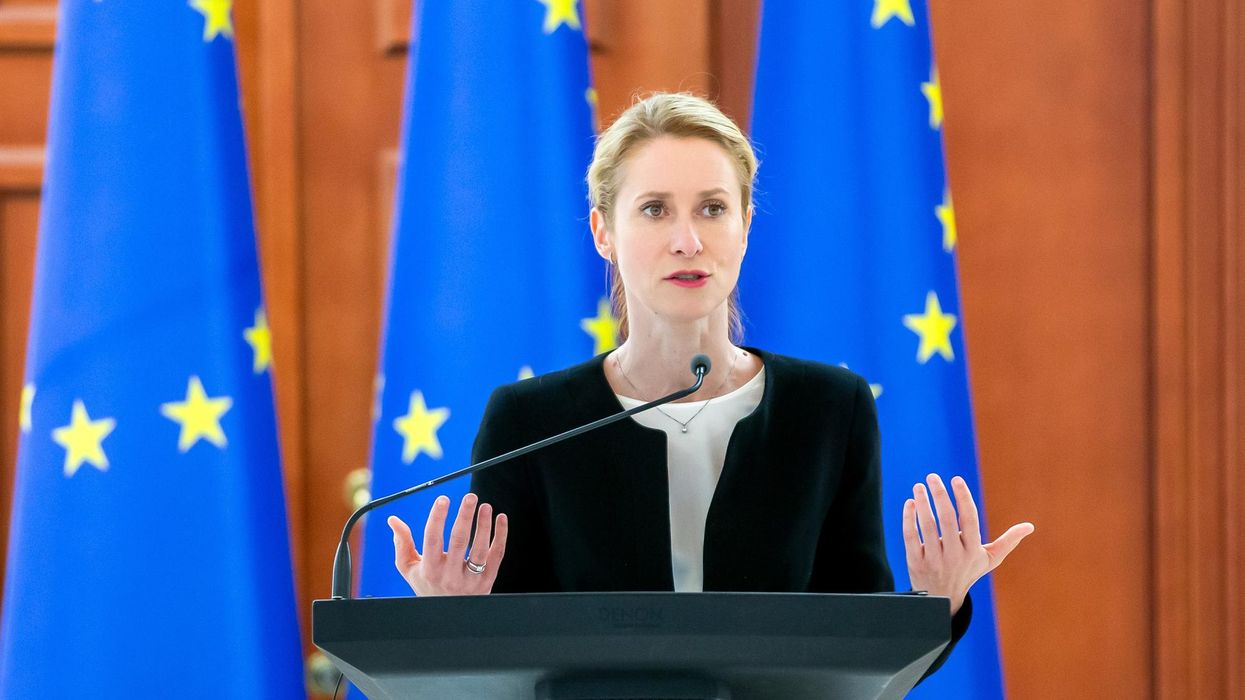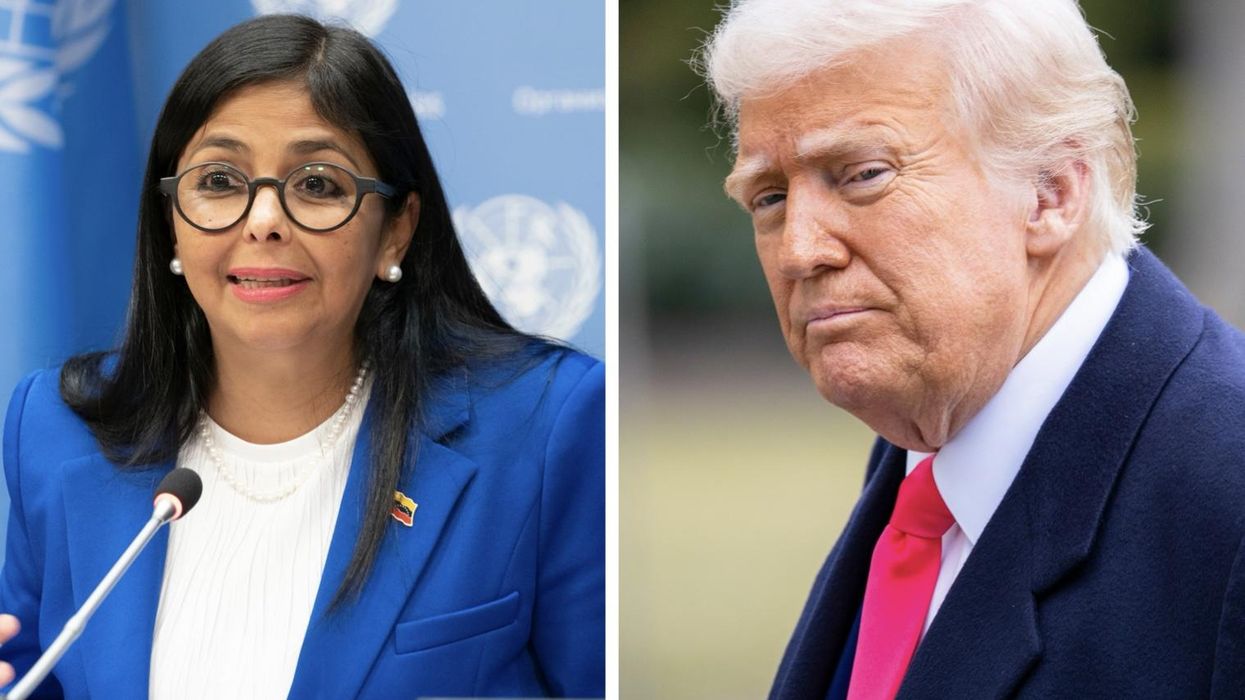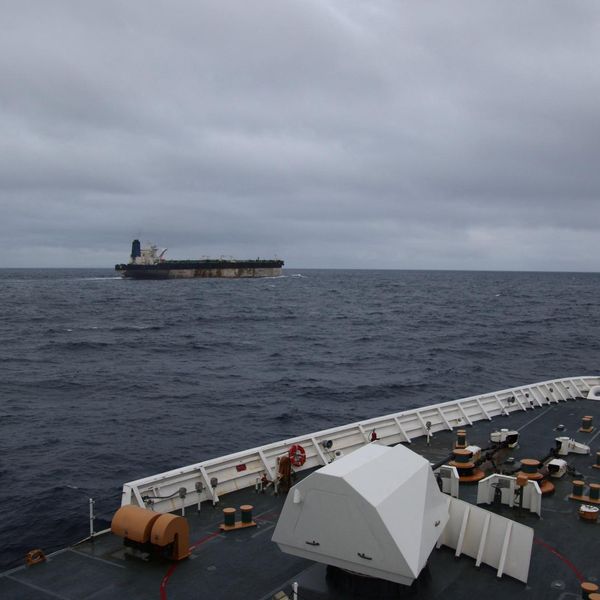For decades, India and Pakistan have clashed over Kashmir, the mountainous region both countries claim. But to make matters more complicated, China has a stake in the area, too. The Aksai Chin region — located between Kashmir and Tibet — is under Chinese control and has been a source of conflict between India and China since 1962.
The borderlands between these three nuclear-armed states is increasingly a flashpoint for conflict. The international community ignores these growing challenges at its peril and should be looking for ways to help manage potential crises in the region. And while the United States can play a role, in this particular instance, direct U.S. involvement is probably not the best way forward.
The Kashmir region has been disputed since British India was partitioned into India and Pakistan in 1947. The first Indo-Pakistani war began after armed Pakistani tribesmen invaded Kashmir. The ceasefire agreement on Jan. 1, 1949 established the Line of Control (LoC) — the de facto border between Indian-controlled and Pakistani-controlled Kashmir. The second Indo-Pakistani war took place in August 1965 after a series of clashes across the LoC, with a third war starting when Pakistan erupted in civil war in 1971.
Tensions only escalated when India became a nuclear power in 1974 and Pakistan in 1998. Conflict across the LoC continues today, with the most recent clash occurring in February 2019. It was the deadliest altercation in three decades, with forty members of India’s police force killed.
India and China have a similarly violent history over the Line of Actual Control, which divides Chinese-controlled territory from Indian-controlled territory high up in the Himalayas. After the 1962 Sino-Indian War, an uneasy truce was established, but regular conflicts create a simmering tension between the two countries. The Indian government claims that Chinese troops cross the LAC multiple times a year, leading to increased volatility between the nations. Chinese forces killed 20 Indian soldiers in hand-to-hand combat along the border in June.
This was the deadliest confrontation between the two nations in four decades, and negotiations did not diffuse the situation.Tempers flared again when China and India accused each other of illegally trespassing on the other’s side and firing warning shots in early September, which would be the first time guns were used amid tensions. Little has been done to resolve any of this.
China was drawn into a dispute between India and Pakistan when India revoked Kashmir’s autonomy in August 2019 and wanted to incorporate parts of “Xinjiang and Tibet into its Ladakh union territory,” which China believes violates its dominion due to its occupation of Tibet. It appears that over the last year the situation in Kashmir has not gotten better. “Mass disenfranchisement of Kashmiri Muslims, deteriorating security, economic backsliding and a contentious political agenda” negatively contributes to the tension between India and Pakistan, exacerbating the historical friction in the region.
It seems clear that after decades of poor relations, the tensions in this part of the world may reach a boiling point. Finding a solution to these half-century conflicts seems daunting, but it is necessary. While many nations have fought throughout history, a conflict between nuclear-armed states carries an unbearable risk of escalation.
To start, these countries can take small steps to stabilize the security of the region and pave the way for better relations. Starting a dialogue, bilateral or trilateral, can improve communication in the longer term, which can help reduce the likelihood of conflict. Establishing crisis communications was an important step the United States and the Soviet Union took in the wake of the Cuban Missile Crisis, and de-escalation practices the two countries implemented in the early 1960s remained in place through the end of the Cold War.
A third party could help facilitate regional discussions. Given its history in the region, the United States might have seemed like a good option for such facilitation, but that is not the case at this time. The Trump administration’s offer to mediate negotiations between India and Pakistan in July 2019 was generally ignored. Beyond that, the administration’s own growing Cold War posture towards Beijung has deteriorated whatever diplomatic leverage it might have had in this situation. This week, President Trump took aim at China before the United Nations, blaming it for the global COVID pandemic. At this point, there is no reason China would see the United States as a desirable mediator for any regional conflict.
Moreover, it may not be America’s responsibility to step into the void. Perhaps there is an opportunity for other nations to take that lead. China and India both have substantial trade relationships with Russia, which may be willing to moderate discussions. Of course, Russia’s own differences with China might complicate such an effort. The United Kingdom has made efforts in recent years to better its relationship with India and Pakistan, putting London in the position to be a potential mediator. The Gulf states, with the help of the United States, have diffused tensions between India and Pakistan in the past, so perhaps they could offer further assistance.
In the meantime, friction among China, India, and Pakistan continues to grow. The only way to diffuse the tension and prevent destructive escalation is through diplomacy. Other countries need to step up and work to reduce the hostilities. Make no mistake, a large-scale, regional conflict among nuclear-armed states would have global consequences.
















